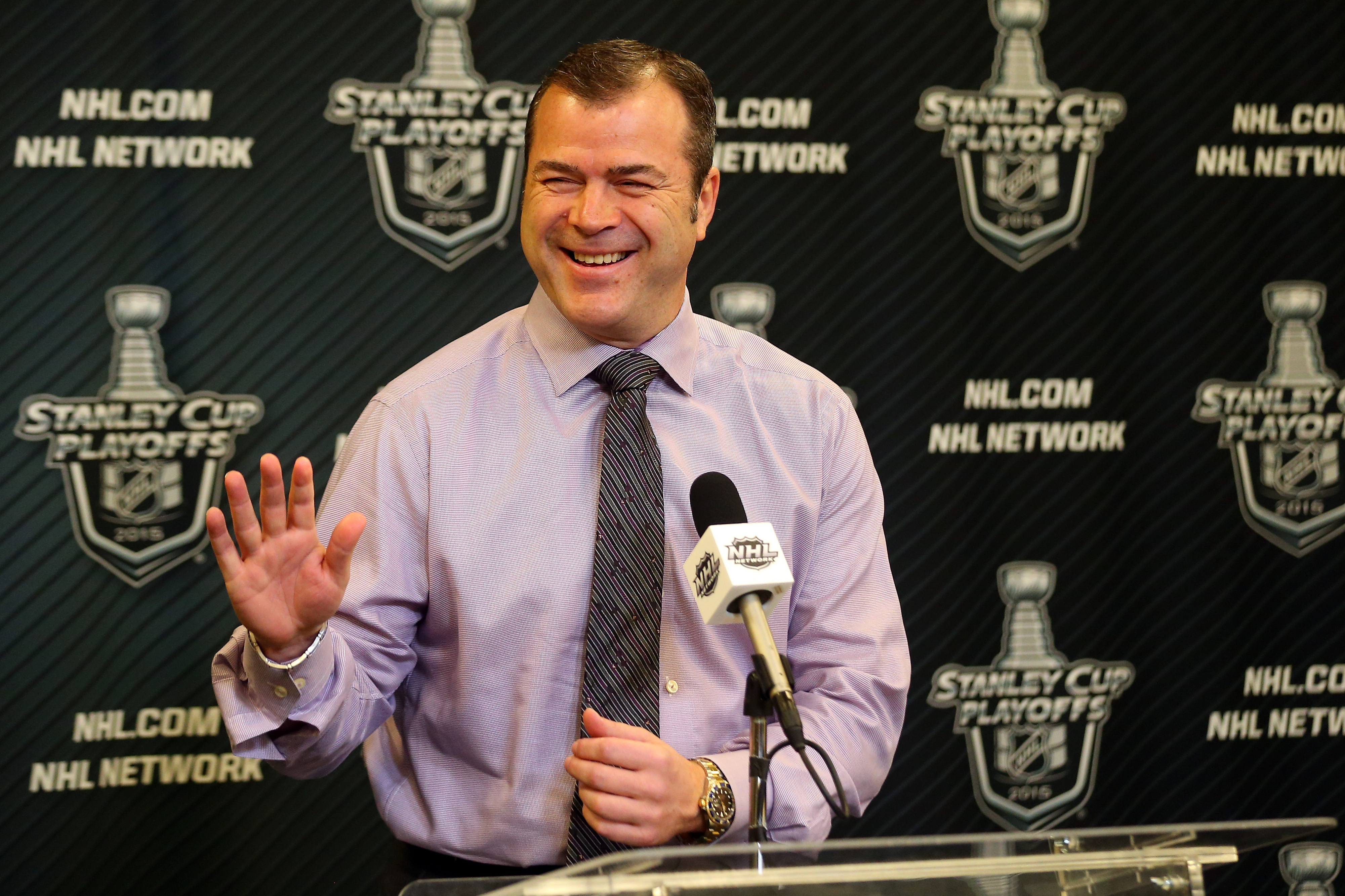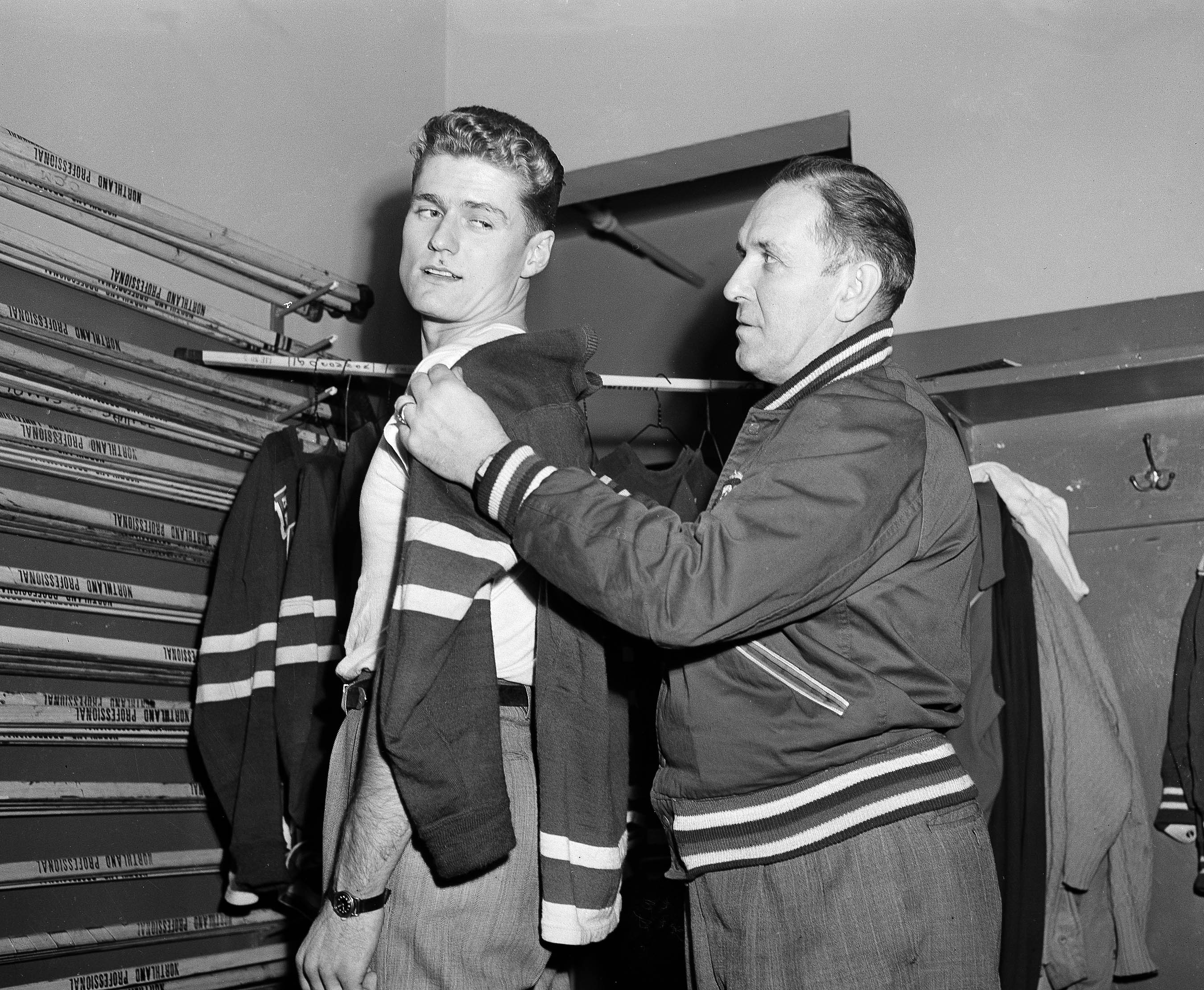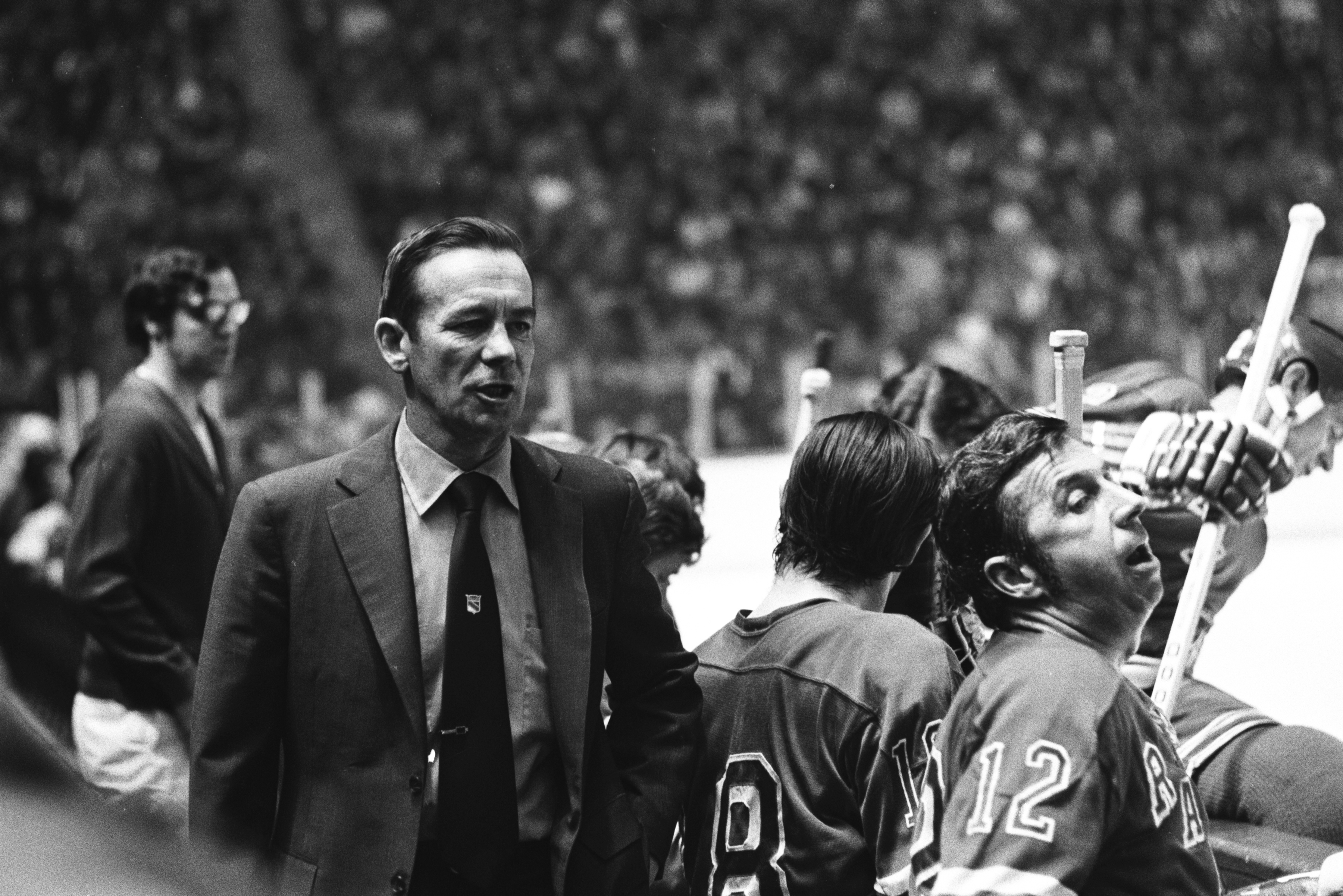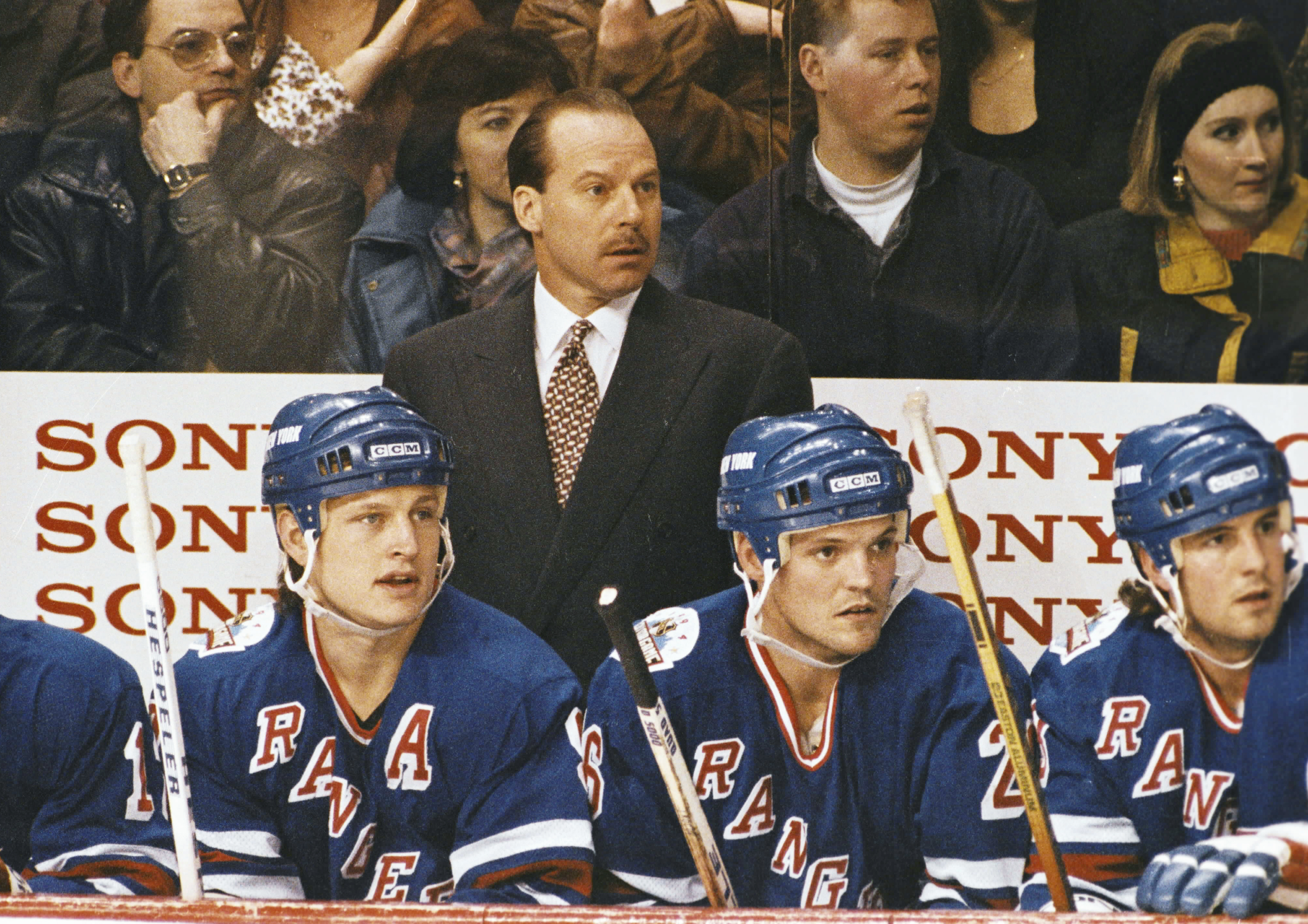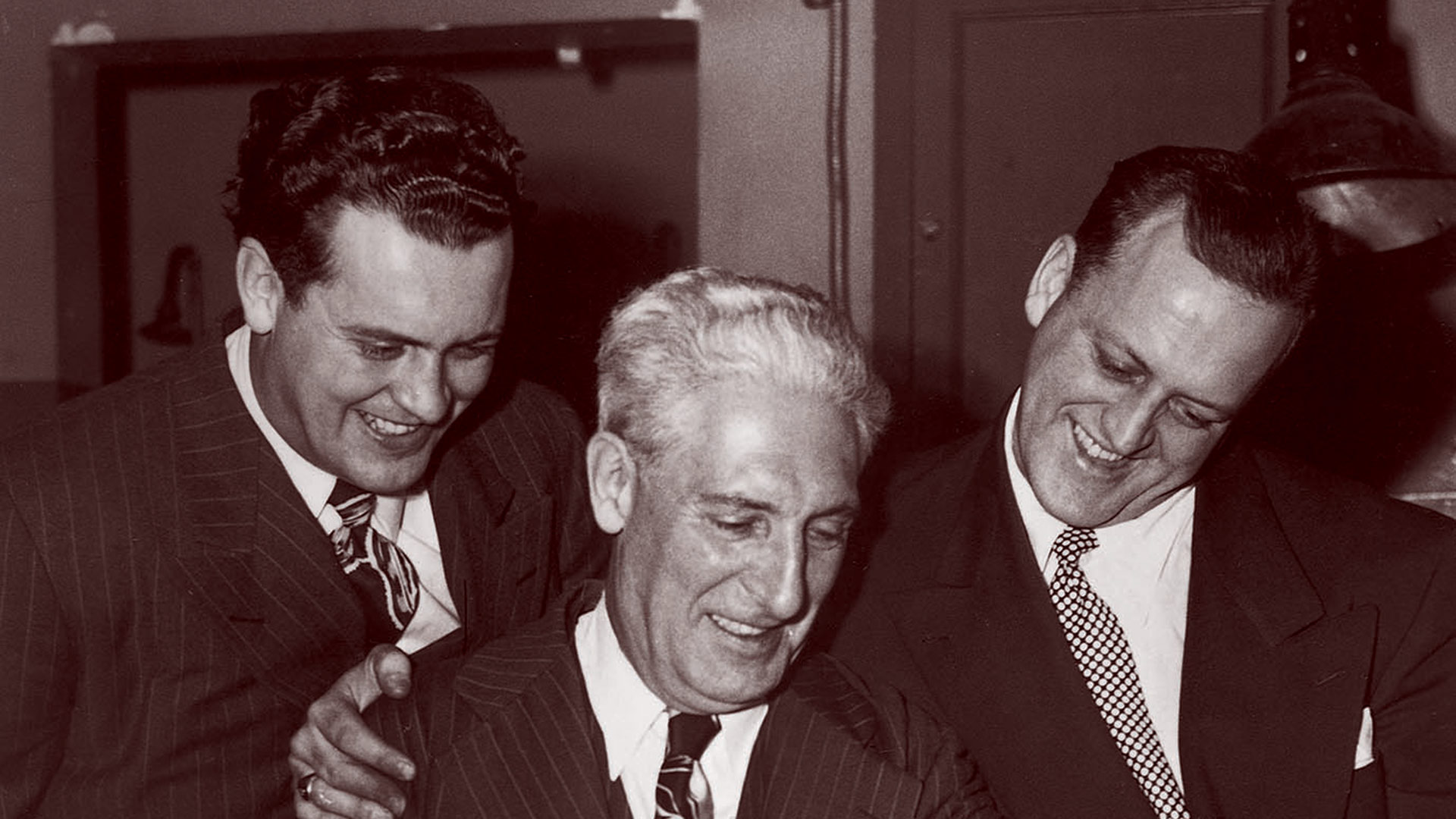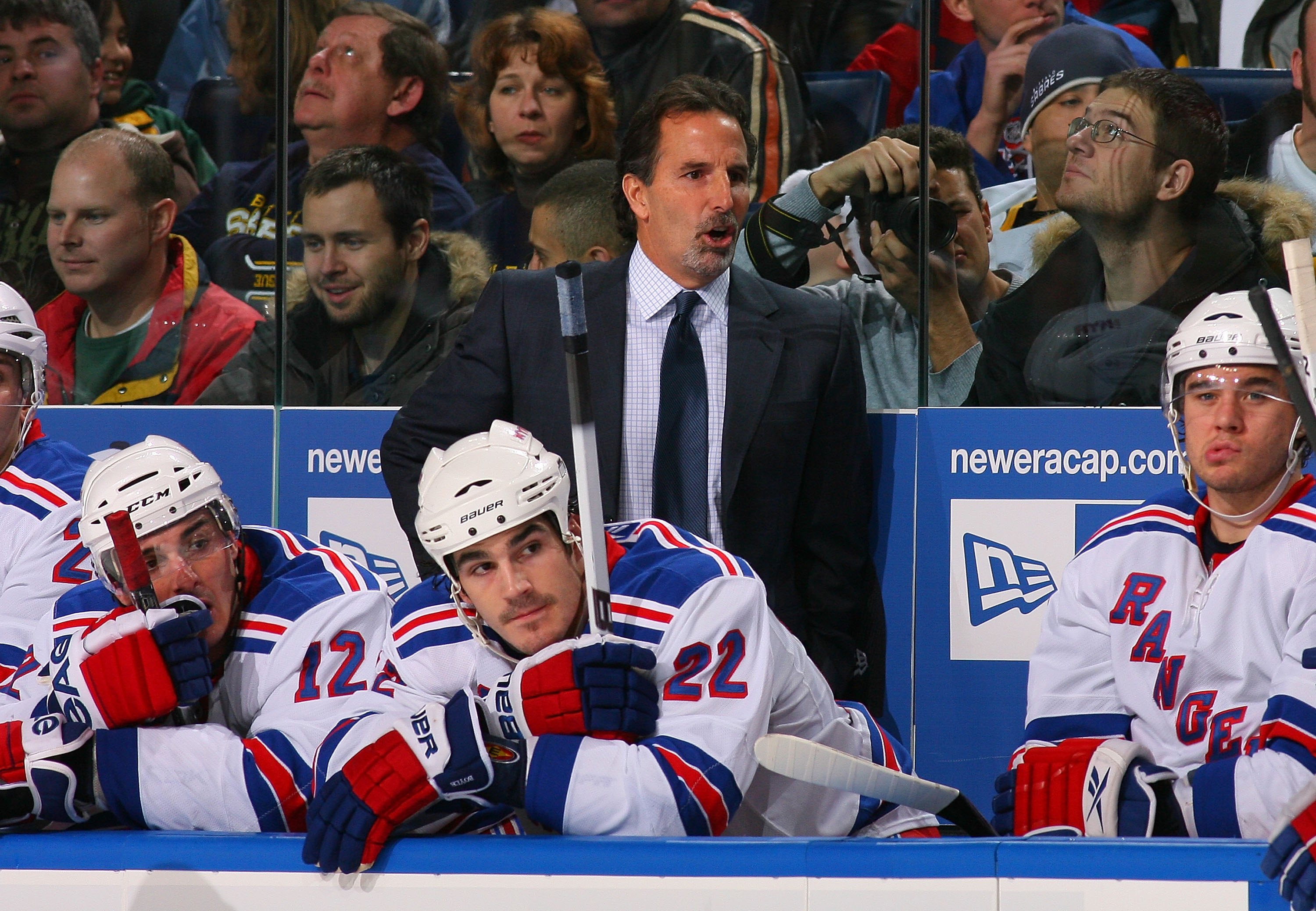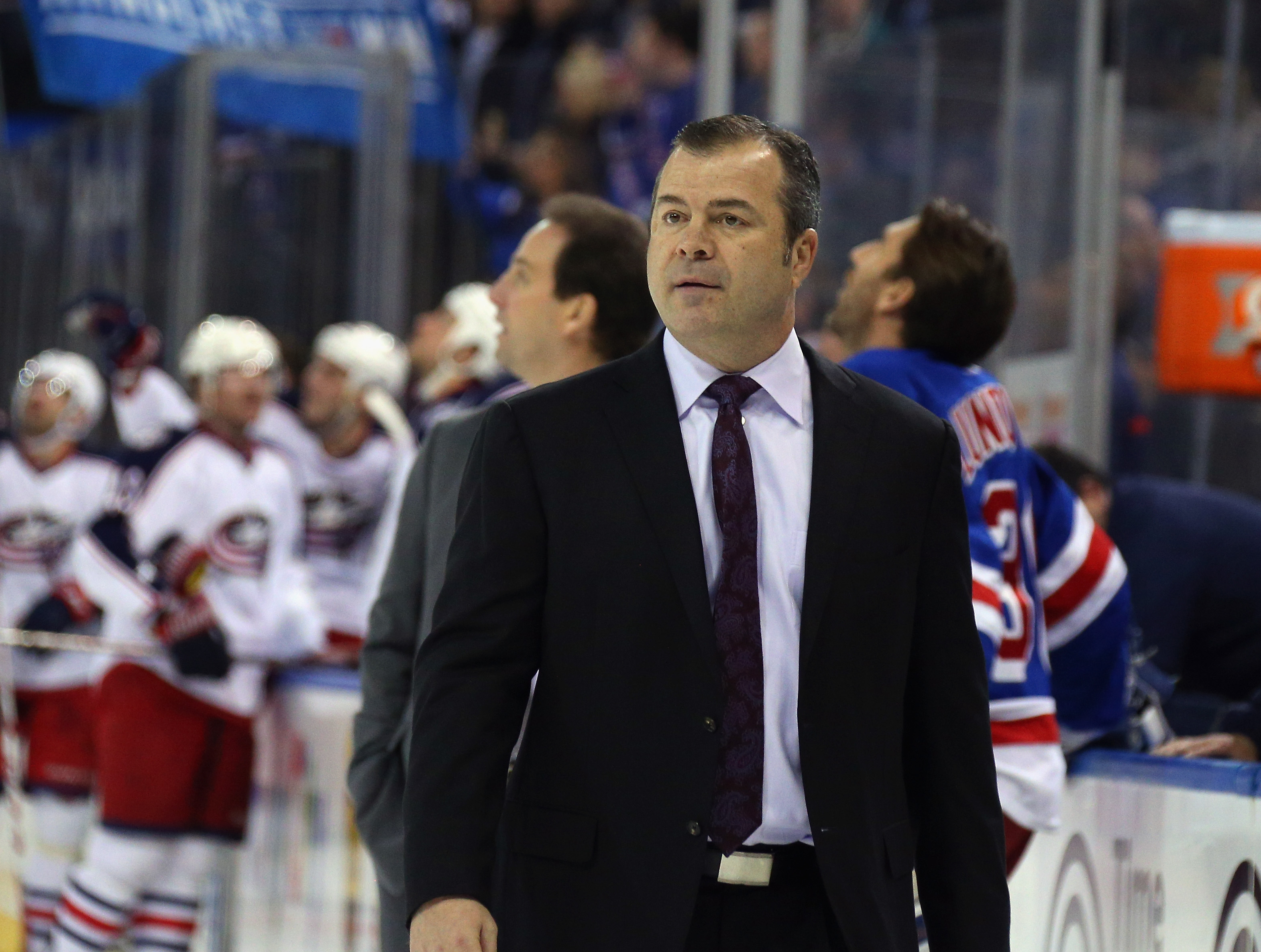Groomed from his teenage years by the Rangers, Shero learned his hockey on the outdoor rinks of Winnipeg. Still wet around the ears Fred was imported to The Big Apple, playing first for the Brooklyn Crescents in the Eastern Amateur Hockey League and then the New York Rovers before graduating to the Blueshirts.
When his playing career ended, the cerebral skater turned to coaching with stints in the Rangers farm system before graduating to the NHL. His name was firmly established when he led the Philadelphia Flyers to successive Stanley Cups in 1974 and 1975, as well as the 1976 Final Round.
Hired by Madison Square Garden to re-organize the Rangers, Shero did just that. After reaching the 1978-79 playoffs, they successfully reached the third round, being confronted by a powerful New York Islanders team.
Utilizing marginal players such as Bobby Sheehan, a suddenly-hot goalie John Davidson and Swedish star Anders Hedberg, Shero managed to out-coach the Islanders Al Arbour at almost every turn. And when the ice had cleared, the Blueshirts had scored a monumental upset in six games.
That sent New York to the Final Round where the Rangers opened the series with a win over the mighty Montreal Canadiens. After that, the dynastic Habs took over and won their fourth straight Cup four games to one.
